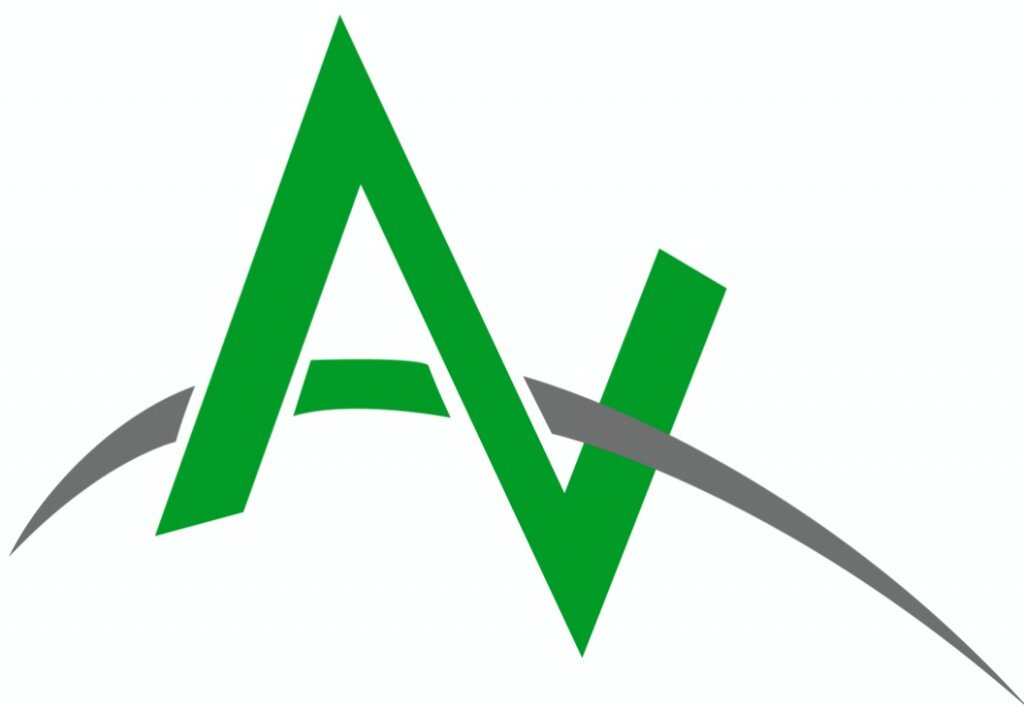Dear Amy: The #SMEtiquette of the LinkedIn Connection
 I know some readers will find today's post rather remedial. But it's amazing how many people still do this on LinkedIn.Besides that, the point of #SMEtiquette for the Rest of Us is to focus on the Everyman. Not the people who live and breath social media and supposedly know expected behavior on all networks. There are new people using all these platforms every day. For every person who finds advice to be obvious, there are a dozen more to whom it's a revelation (all numbers made up).Anyway, on to today's question, and don't forget to submit yours!
I know some readers will find today's post rather remedial. But it's amazing how many people still do this on LinkedIn.Besides that, the point of #SMEtiquette for the Rest of Us is to focus on the Everyman. Not the people who live and breath social media and supposedly know expected behavior on all networks. There are new people using all these platforms every day. For every person who finds advice to be obvious, there are a dozen more to whom it's a revelation (all numbers made up).Anyway, on to today's question, and don't forget to submit yours!
Dear Amy:When I joined LinkedIn, I first connected with friends, co-workers and former colleagues. Later, I started networking more and connecting with these people. But I’m finding a lot of people marking my connection requests as spam or “I don’t know.”I’m using the official LinkedIn connection request, but I’m wondering if that’s enough. What should I do?Sincerely,Lost Linker
Dear Lost:I’m glad you added that second paragraph, because that outlines the entire problem you have: You’re not giving people any context as to how they might know you.The default LinkedIn message is there more or less to show you where to put your message and to start with something. LinkedIn doesn’t know how you met, so it can’t write the rest of the message for you.When I find I am not connected to a friend on LinkedIn and it’s someone I talk to often and I know for a fact knows me, I send the default request. Or sometimes I write something funny. But they know I’m not being impersonal, they know who I am, and there’s no confusion.When I want to connect with someone I met at a conference or an interview or in some other way, I always rewrite the connection request indicating where we met. “It was great to meet you at the [insert conference name here] last week. I’d appreciate connecting here on LinkedIn.” Or “Nice to meet you at the [insert social/networking event here] last night. I enjoyed talking to you about your work. Let’s keep in touch here on LinkedIn.” Or something to that effect.Some people prefer to connect only to those they have worked with on LinkedIn. If you provide context as to how you met this person, they are likely to write back and explain to you their personal connection policy, very politely. If you provide no context, there’s a good chance they’ll just hit, “I don’t know” and LinkedIn will penalize you for bothering other users.Even if you had a long conversation with someone, there’s a chance they are trying to remember exactly where it was they met you. For example, I’m horrible at remembering names. Really horrible, to the point where it’s almost pathetic. But I’m good with faces.Not everyone looks like his LinkedIn photo, however, and if I can’t place the name or the face, I may have no idea who this person is. Provide even a sentence of context (and LinkedIn won’t let you write voluminous connection requests, anyhow), and the light bulb goes off and we’ll usually connect.If you haven’t met this person at all, but have only communicated online, a little more context might be necessary. This is especially true if you don’t use the same photo on LinkedIn as you do on other platforms, or if you have a handle on Twitter that’s not your name.I connected on LinkedIn last year with someone I’d been talking to on Twitter for a couple of years. In his connection request, he told me his Twitter handle, and I immediately accepted the request, as I knew exactly who he was.Give someone a little help in remembering you, and they most likely will.
